How to Choose the Appropriate Heat Shrink Tubing for Wire Harnesses?
-
 @
Mark Ji
@
Mark Ji
- Last updated
Table of Contents
I. Introduction
Heat shrink tubing is an essential component in the field of wire harnessing. It provides insulation, protection, and strain relief for wires and cables, ensuring the reliability and safety of electrical systems. With a wide variety of heat shrink tubing options available on the market, choosing the right one for a specific wire harness application can be a challenging task. In this article, we will discuss the key factors to consider when selecting heat shrink tubing for wire harnesses.
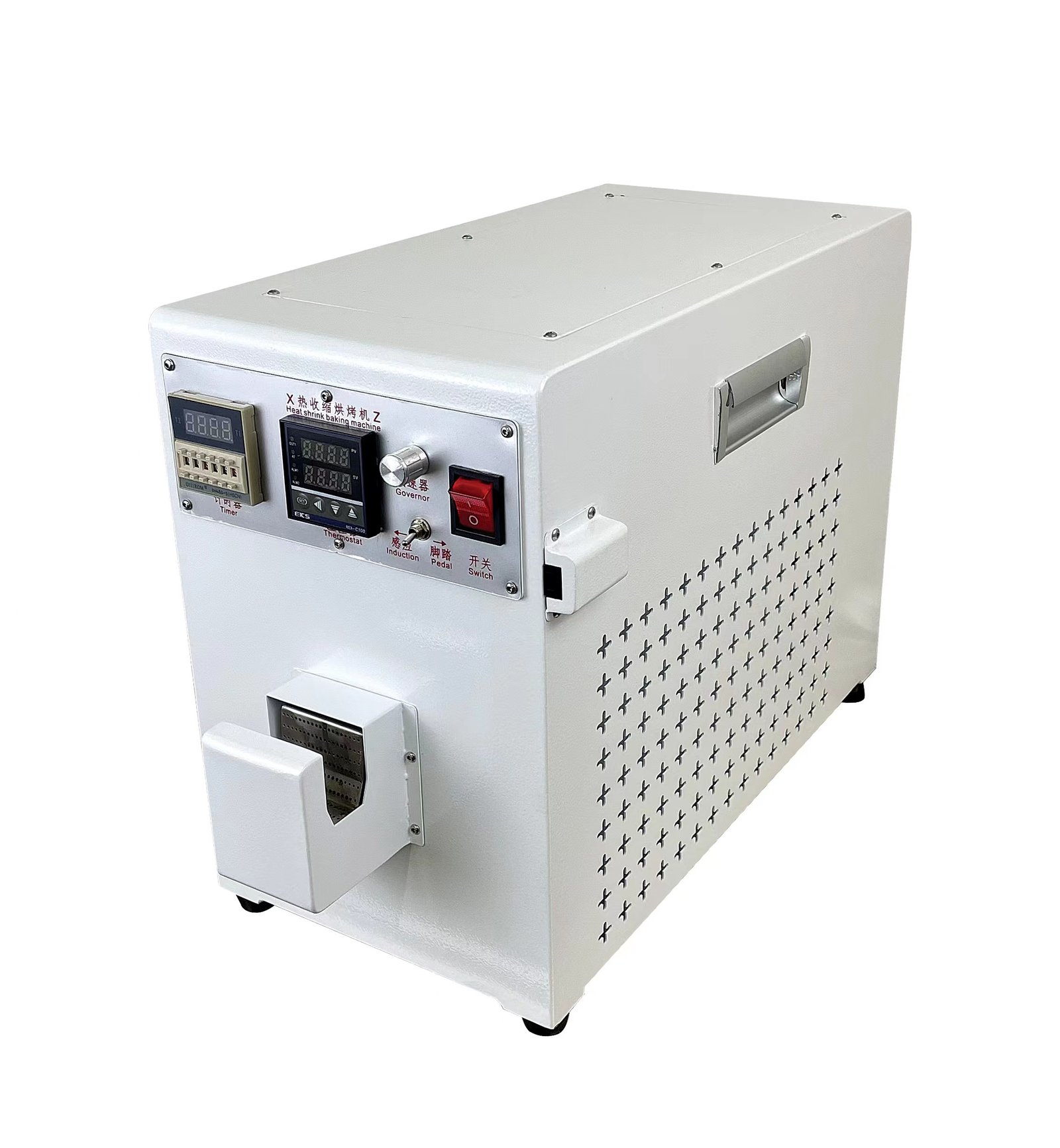
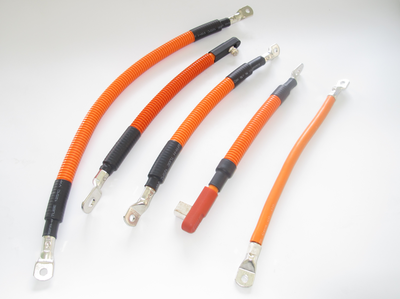
HH-205A https://youtube.com/shorts/ZrP7l7I95uc
HH-205B https://youtube.com/shorts/wOEQmI1LHhw
II. Considerations for Selecting Heat Shrink Tubing
Temperature Rating
The temperature rating of heat shrink tubing is a crucial factor to consider. Different applications may expose the wire harness to various temperature ranges. For example, automotive wire harnesses may experience temperatures ranging from -40°C to 125°C, while industrial applications may have higher temperature requirements. Make sure to choose heat shrink tubing with a temperature rating that can withstand the maximum expected temperature in the application.
Voltage Rating
The voltage rating of heat shrink tubing is also important. It determines the maximum voltage that the tubing can safely handle without breakdown. Ensure that the selected tubing has a voltage rating that is suitable for the electrical system in which the wire harness will be used.
Chemical Resistance
Some applications may expose the wire harness to chemicals, oils, solvents, or other corrosive substances. Heat shrink tubing with chemical resistance properties can protect the wires and cables from damage caused by these substances. Consider the specific chemical environment in which the wire harness will be used and choose tubing with appropriate chemical resistance.
Physical Properties
The physical properties of heat shrink tubing, such as flexibility, abrasion resistance, and tensile strength, are also important considerations. Flexible tubing is easier to install and can accommodate bends and curves in the wire harness. Abrasion resistance is important for applications where the wire harness may be subject to friction or mechanical stress. Tensile strength determines the ability of the tubing to withstand pulling forces without breaking.
Size and Fit
Selecting the correct size of heat shrink tubing is essential for a proper fit. Measure the diameter of the wires and cables in the wire harness and choose tubing with an appropriate inner diameter. The tubing should fit snugly around the wires without being too loose or too tight. Consider also the length of the tubing required to cover the entire wire harness or specific sections.
Color Coding
Color coding can be useful for identifying different wires or circuits in a wire harness. Heat shrink tubing is available in a variety of colors, allowing for easy identification and organization. Choose colors that are appropriate for the application and conform to industry standards or specific requirements.
Brand and Quality
Selecting a reputable brand and high-quality heat shrink tubing is important for ensuring reliability and performance. Look for tubing from well-known manufacturers with a proven track record of quality and durability. Read reviews and ask for recommendations from other professionals in the field to make an informed decision.
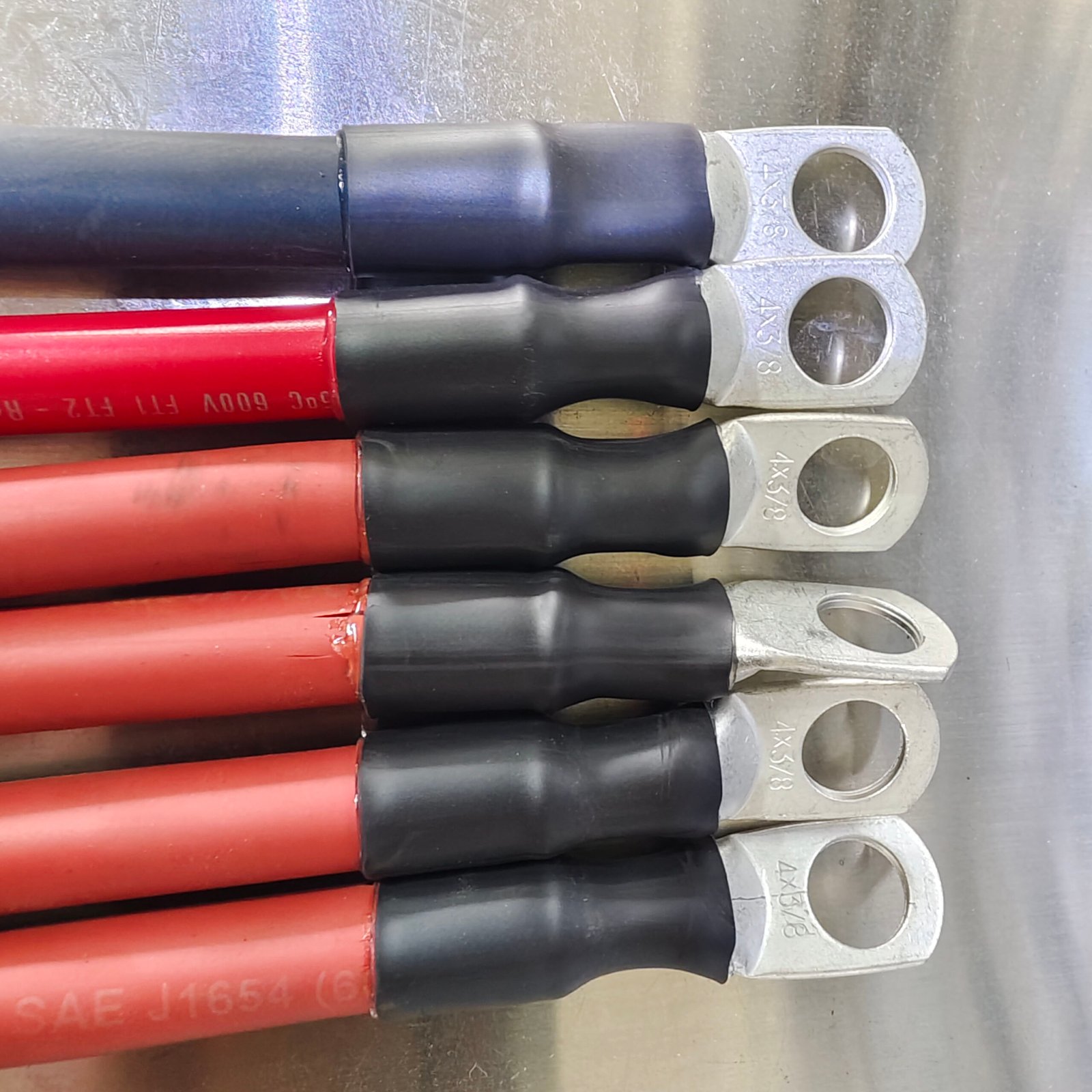
HH-210C https://youtube.com/shorts/Le_FxbprpCc
HH-210C https://youtube.com/shorts/Ah3rq1bM0AE
III. Types of Heat Shrink Tubing
Polyolefin Heat Shrink Tubing
Polyolefin heat shrink tubing is one of the most common types available. It offers a good balance of temperature resistance, chemical resistance, and physical properties. Polyolefin tubing is available in a wide range of sizes and colors and is suitable for many applications, including automotive, electronics, and industrial.
Fluoropolymer Heat Shrink Tubing
Fluoropolymer heat shrink tubing, such as PTFE (polytetrafluoroethylene) and FEP (fluorinated ethylene propylene), offers exceptional chemical resistance and high-temperature performance. It is often used in applications where exposure to harsh chemicals or extreme temperatures is expected. However, fluoropolymer tubing is generally more expensive than polyolefin tubing.
Silicone Heat Shrink Tubing
Silicone heat shrink tubing is known for its high flexibility and temperature resistance. It can withstand temperatures up to 200°C and is often used in applications where flexibility and high-temperature performance are required, such as in aerospace and automotive engines. Silicone tubing is also available in a variety of colors.
Dual-Wall Heat Shrink Tubing
Dual-wall heat shrink tubing consists of an inner layer of adhesive and an outer layer of heat shrinkable material. This type of tubing provides excellent sealing and strain relief properties. It is often used in applications where moisture or environmental protection is a concern.
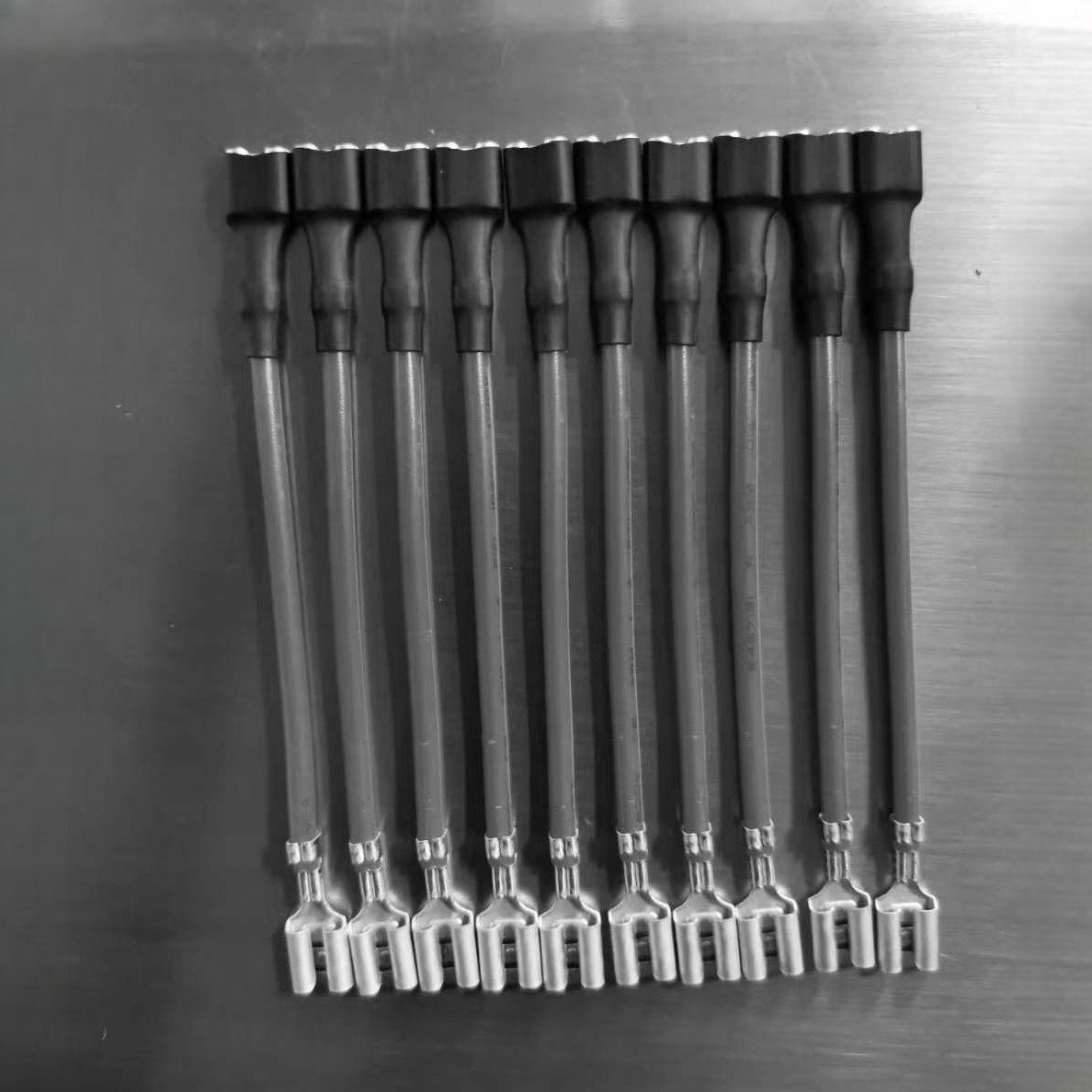
IV. Shrink Tubing Tools
Heat Gun
A heat gun is the most common tool used for shrinking heat shrink tubing. It provides a concentrated stream of hot air that heats the tubing and causes it to shrink around the wires. Heat guns are available in different sizes and power ratings, so choose one that is suitable for the size and type of heat shrink tubing being used.
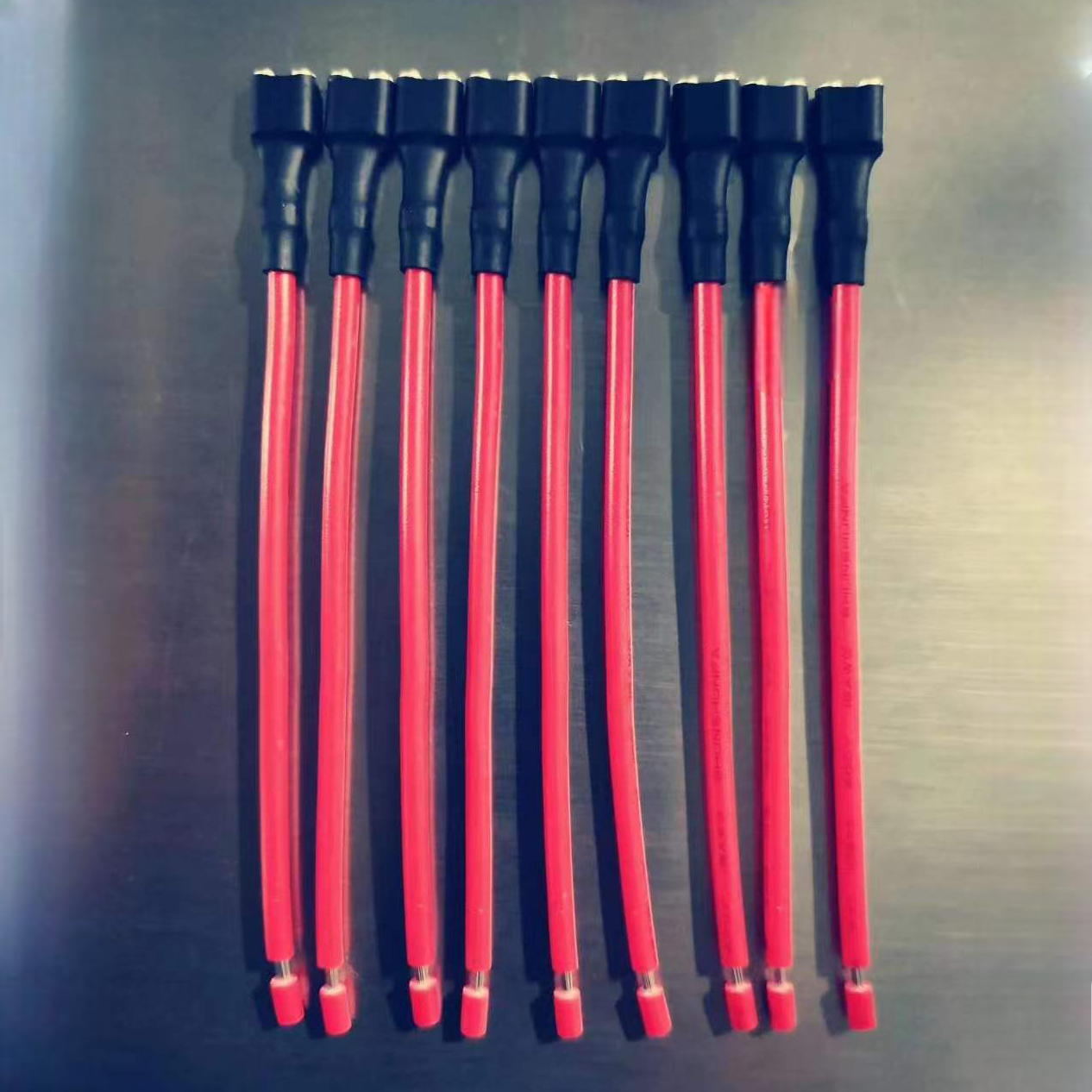
Hot Air Station
A hot air station is a more advanced tool that offers precise temperature control and air flow settings. It is often used in professional settings where consistent and accurate results are required.
Shrink Tubing Machines
Shrink tubing machines are specialized tools designed to efficiently apply heat shrink tubing. These machines offer precise control over temperature and timing, ensuring consistent and reliable results. They can handle various sizes of tubing and are often used in industrial settings where large quantities of wire harnesses need to be processed. Shrink tubing machines not only speed up the installation process but also improve the quality and durability of the insulation.
HH-200 https://youtube.com/shorts/Zfl45ati4No HH-200 is cutting shrink tubes
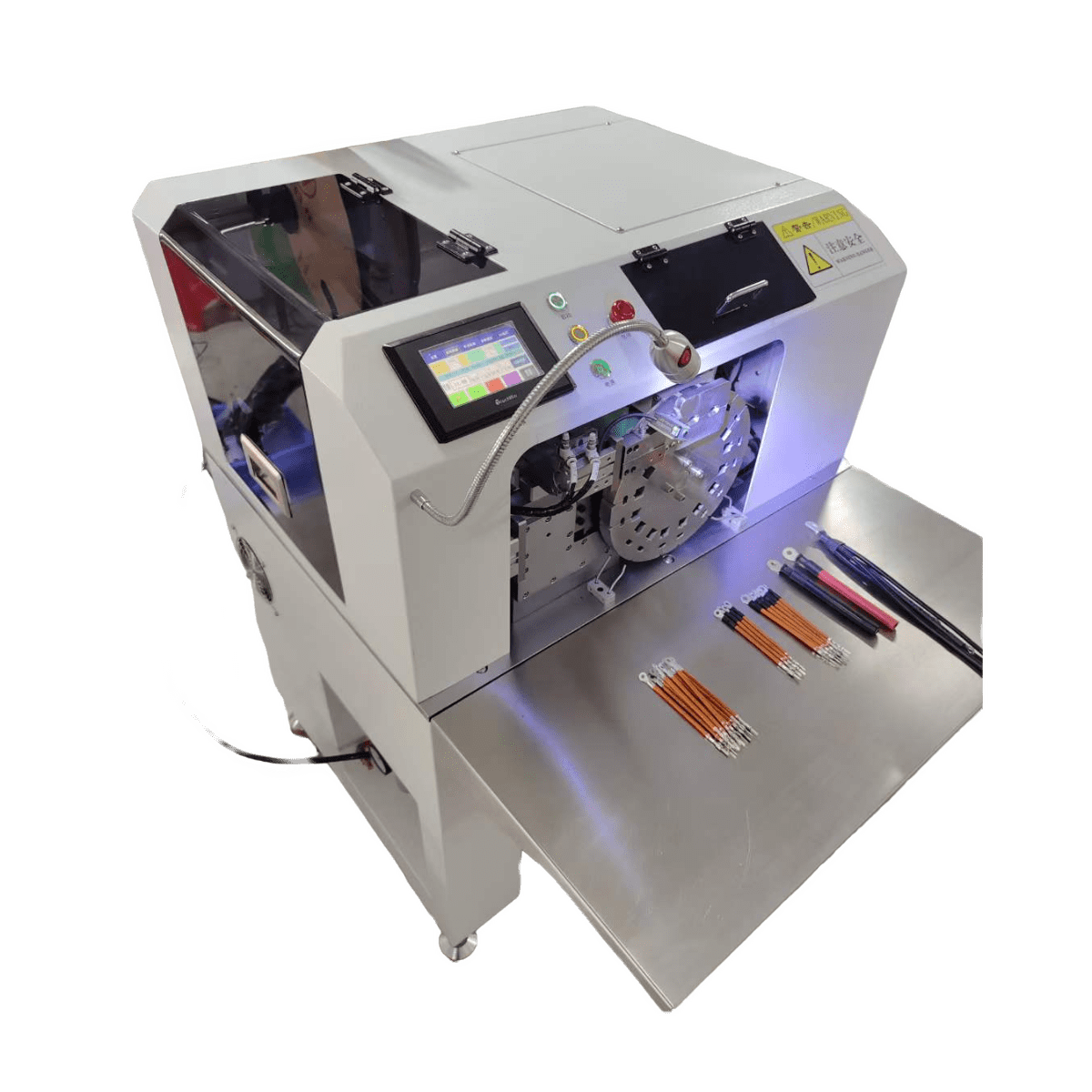
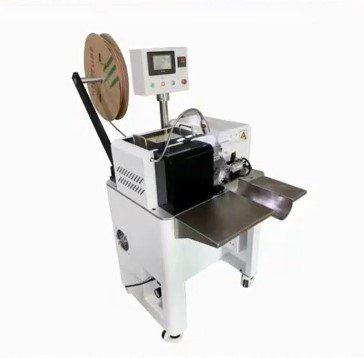
V. Conclusion
Choosing the appropriate heat shrink tubing for wire harnesses is essential for ensuring the reliability and safety of electrical systems. Consider factors such as temperature rating, voltage rating, chemical resistance, physical properties, size and fit, color coding, brand and quality, and the specific requirements of the application. Additionally, having the right tools for installing heat shrink tubing is crucial for achieving a proper and secure installation. With the right selection of heat shrink tubing and tools, wire harnesses can be protected from damage, providing long-lasting performance and durability.

